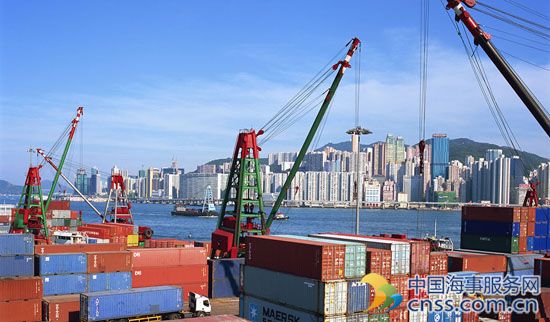OPEC Deal Makes Oil Investors Most Bullish Since Slump Began

Why Are Markets Skeptical About OPEC Deal?
Investors are the most optimistic on oil since the slump began two and a half years ago.
Money managers boosted bets on rising West Texas Intermediate crude prices to the highest level since July 2014 after the Organization of Petroleum Exporting Countries and producers outside the group agreed to coordinate crude production cuts. Prices advanced to a 17-month high on Dec. 12 on speculation that the curbs will reduce the global inventory glut next year.
“There’s been a full embrace of the OPEC, non-OPEC deal,” John Kilduff, a partner at Again Capital LLC, a New York-based hedge fund that focuses on energy, said by telephone. “They are being given the benefit of the doubt. The consensus is that supplies will tighten quickly and as a result investors are positioning for higher prices in the near term.”
Hedge funds increased wagers on rising WTI by 2.5 percent in the week ended Dec. 13, U.S. Commodity Futures Trading Commission data show, while shorts, or bets on lower prices, tumbled 30 percent to the lowest level since May. WTI advanced 4 percent to $52.98 a barrel in the report week. Prices were trading 0.5 percent higher at $52.16 a barrel as of 7:46 a.m. in London on Monday.
OPEC agreed on Nov. 30 in Vienna to reduce output by 1.2 million barrels a day to 32.5 million for six months starting in January. On Dec. 10, the group was joined by other producers, including Russia and Kazakhstan, who pledged to trim supply by 558,000 barrels a day.
Target Adherence
“Money managers have loaded up on the long side of the market,” Tim Evans, an energy analyst at Citi Futures Perspective in New York, said by telephone. “They are looking for higher prices and therefore their fortunes are closely linked to the rate of compliance to these production cuts.”
In the past, OPEC countries and their partners have often struggled to fully deliver promised output cuts due to a reluctance to cede sales volumes and market share to competitors. Former Saudi Arabian Oil Minister Ali al-Naimi said on Dec. 2 that, in the history of OPEC agreements, “the unfortunate part is we tend to cheat.”
Oil stockpiles will decline by about 600,000 barrels a day in the next six months as curbs by OPEC and its partners take effect, the International Energy Agency said in a monthly report on Dec. 13. The IEA previously assumed inventories wouldn’t drop until the end of 2017. OPEC said a day later that the production curbs won’t result in demand exceeding supply until the second half of next year.
“If OPEC doesn’t adhere closely to the production cuts and supply exceeds demand in the first half of 2017, these money managers won’t be happy,” Evans said.
Money managers’ net-long position in WTI rose by 32,661 futures and options to 303,146, a fifth week of increases. In fuel markets, net-bullish bets on gasoline slipped 4.6 percent to 38,625 contracts, as futures advanced 1 percent in the report week. Money managers increased net-bullish wagers on ultra low sulfur diesel by 11 percent to 26,975 contracts, the highest since July 2014, as futures climbed 2.2 percent.
U.S. oil companies are using the rally to hedge their price risk for the next two years, potentially boosting output next year. Producers’ short positions, protecting against a drop in prices, increased to 670,158 contracts, the most since August 2007.
In November 2014, Saudi Arabia led OPEC in adopting a pump-at-will policy. The group, which supplies roughly 40 percent of the world’s crude, decided to fight for market share against higher-cost rivals such as U.S. shale producers, exacerbating a price collapse.
“The Saudis have decided to take the steps needed to end the two-year glut,” Kilduff said. “Investors are counting on it.”
Source: Bloomberg
HEADLINES
- Do shipping markets want Biden or Trump for the win?
- All 18 crew safe after fire on Japanese-owned tanker off Singapore
- Singapore launching $44m co-investment initiative for maritime tech start-ups
- Cosco debuts Global Shipping Industry Chain Cooperation Initiative
- US warns of more shipping sanctions
- China continues seaport consolidation as Dalian offer goes unconditional